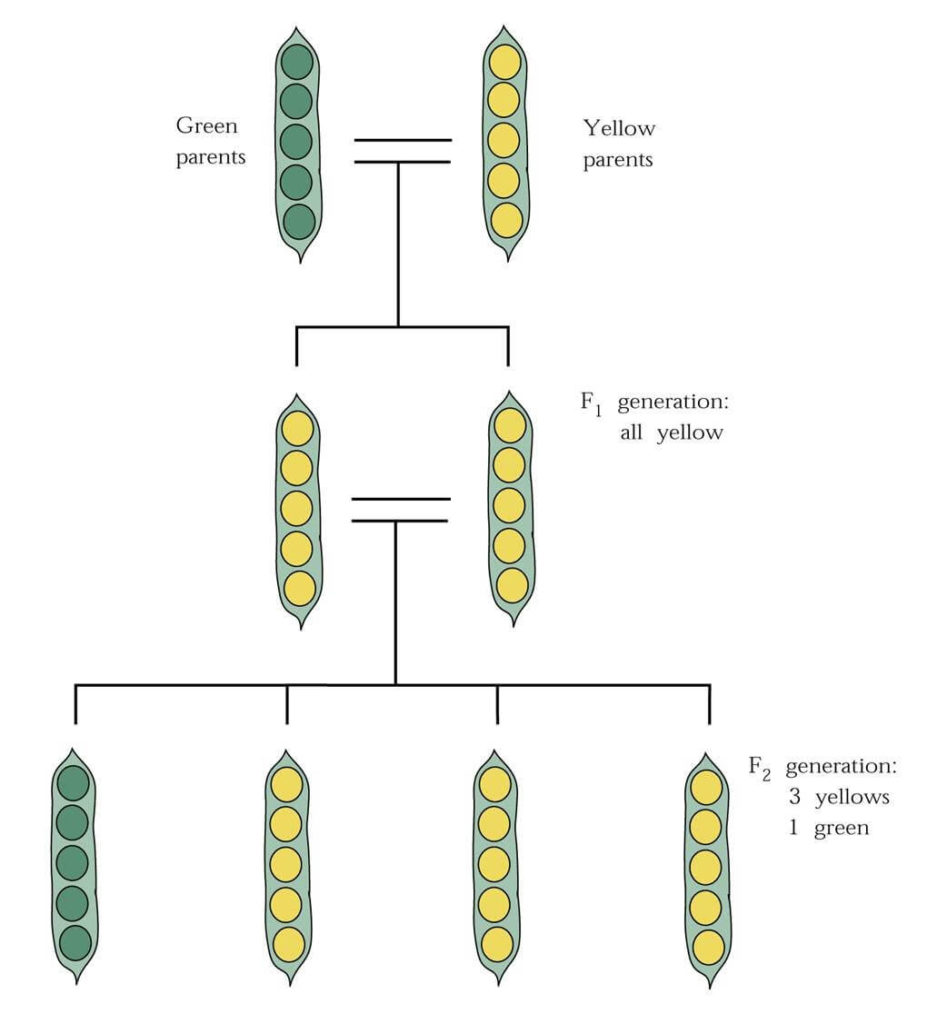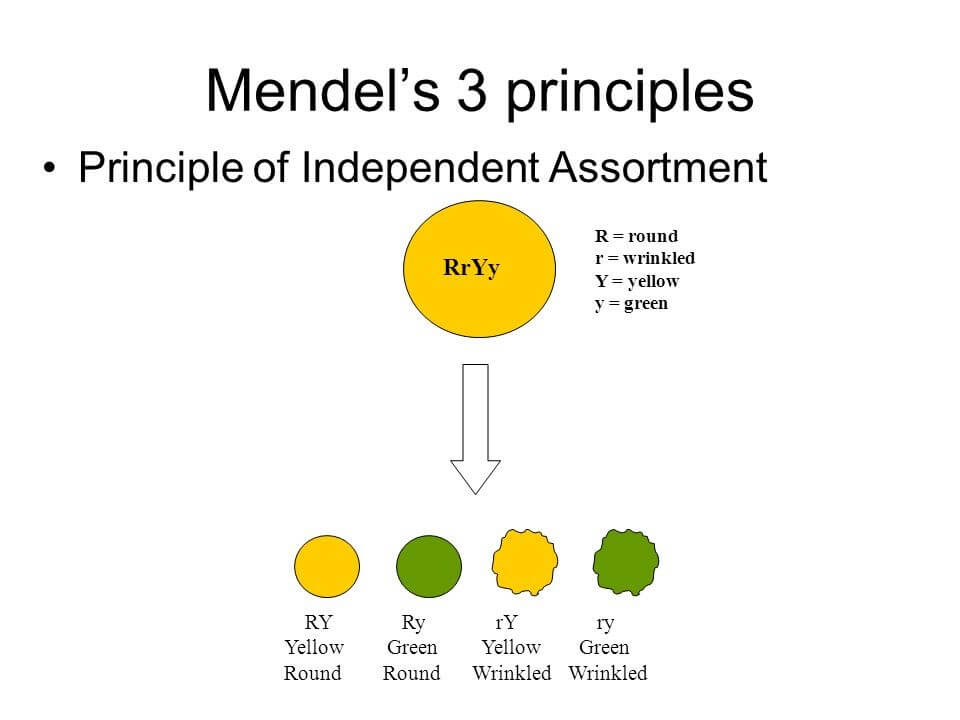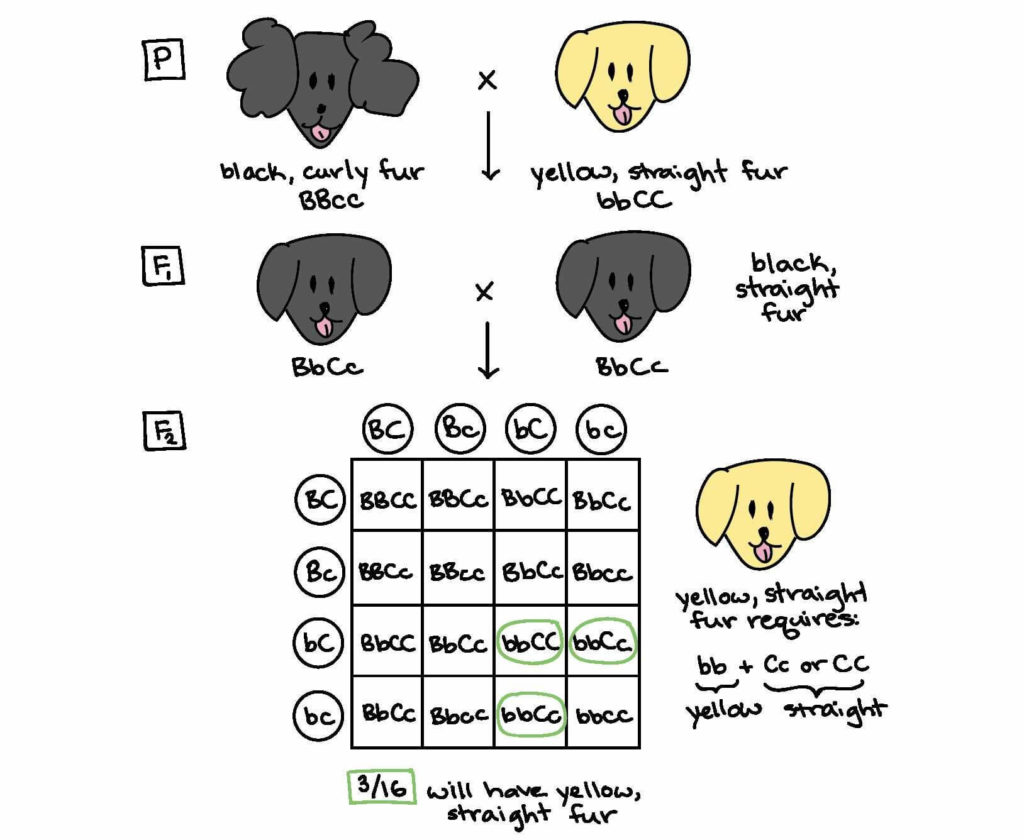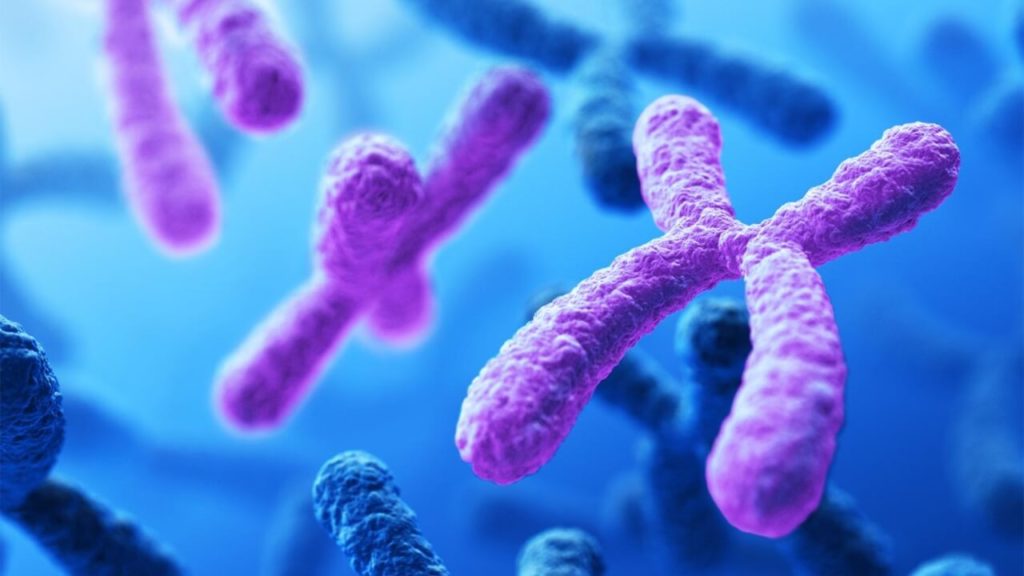Up until the turn of the 20th century, genetics was vaguely understood as a dilution of traits inherited from parents. Forty years before this, the father of modern genetics, Gregor Mendel (1822-1884) laid the foundation for a massive leap in human understanding. However, it was not until the 1900s that his work was taken seriously. He died before hearing his theories were indeed correct.
An Austrian Monk, Mendel’s work focused on how pea plants produced traits through a series of famous experiments. He recorded the reproduction and observed generations of the plants, their traits and how they passed on.
Mendel ‘s ‘pea plant experiments’ took eight years (1856-1863). They provided a simple, easy and quick model to control and measure the inheritance through many generations. During this time, Mendel grew over 10,000 pea plants, keeping track of the number of offspring and type.
He cross-fertilized pea plants that had distinctly opposite traits. Tall with short, smooth with wrinkled, those containing green seeds with those containing yellow seeds.

Pea plant traits were the basis of Mendel’s 8-year genetic experiments. Source
He published his results in 1865.
Mendel’s theory of genetics was:
“Inheritance involves the passing of discrete units, or genes, from parents to offspring.”
Mendel’s pea plant work would transform the breeding of crops and farm animals from an art to a science. It would also help the birth of the science of biology, with the basis of modern DNA and genetic theory.
How are genes passed down?
Genes are the instructions for life to make cells. Nearly all living creatures, depend on DNA and genetics to allow cells to be created from parents.
To understand this, we need to learn four simple terms. They describe how genes are passed from one generation to the next.
DNA carries genes as information:
1) The Gene
A section of DNA that specifies the construction of a protein. Each gene carries instructions that determine your features, such as eye color, hair color, and height.
2) An Allele
One form of the gene may specify green peas, another yellow peas. The various forms (or alternatives) of a gene are called alleles.
For example: one form of the gene may specify green peas, another yellow peas. The various forms (or alternatives) of a gene are called alleles
3) The Genotype
Offspring will inherit two different genes from their parents.
The genetic makeup of the individual includes the genes and the different alleles (can be for the whole genetic makeup, or for a single gene pair).
4) The Phenotype
We call the observable appearance of a trait the phenotype.
It is the result of the genes, passed from parents, and then expressed as a trait. The allele is the trait expressed. For example A green pea.
For example:
- Gene: G (green) y(yellow)
- Allele: Color
- Genotype: Gy
- Phenotype: Green
In the next section, we will discuss why the pea is green and not yellow.
What are Mendel’s laws of inheritance?
Now we understand what a gene, an allele, and their expression are called. Next is to understand how they all work.
Mendel’s experiments allowed him to create three laws of inheritance. They describe how DNA and genes with different alleles work to create certain traits (the phenotype).
He started with parents of known genetic background — to provide a baseline to compare patterns of inheritance in the resulting offspring.
By counting the numbers of individuals showing the various traits in successive generations of offspring he found three laws or patterns.
These are Mendel’s three laws of inheritance:
1) The Law of Segregation
Each inherited trait is defined by a gene pair. For example, the Green (G) and yellow (y) genes are broken up as a parent mates. These create sex cells (called gametes) and pass one gene along.
Offspring, therefore, inherit one genetic allele from each parent when sex cells unite in fertilization.
2) The Law of Dominance
An organism with alternate forms of a gene will express the form that is dominant.
If Yellow (Y) is dominant and Green is recessive (g), the genotype will be Yg. The phenotype will be yellow.

Dominant genes will express when joined together with recessive genes. Source
3) The Law of Independent Assortment:
Color is one type of gene, living creatures have many genes carried by their DNA.
Genes for different traits are sorted separately from one another and are not dependent on each other.

Mendel’s Law of independent assortment shows how separate genes are carried without influencing each other.
Here’s an example showing color and fur type of certain dog breeds.

Mendel’s third law of independent assortment.
Conclusion:
Mendel had outlined the basic laws of DNA genetics. These principles define the ways that genes work.
He had not, however, any idea of the molecular basis of inheritance.


 Gregor Mendel was an Austrian Monk who uncovered the three fundamental laws of inheritance with pea-plant experiments.
Gregor Mendel was an Austrian Monk who uncovered the three fundamental laws of inheritance with pea-plant experiments. 
























